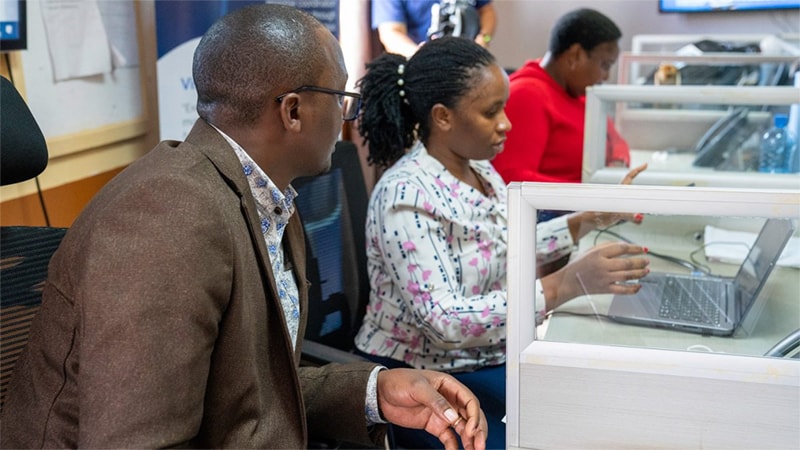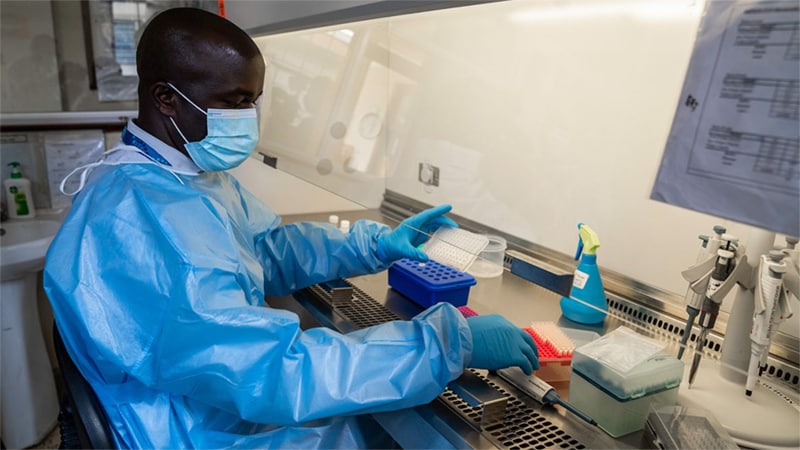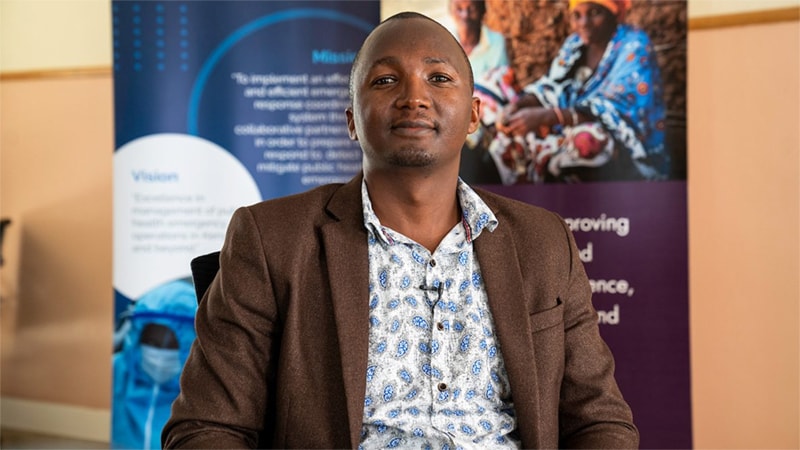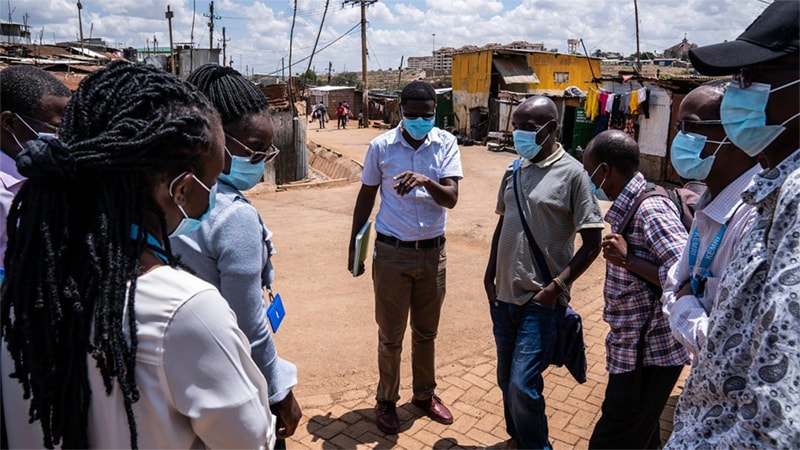What to know
When the COVID-19 pandemic began, Kenya was able to adapt foundational surveillance and laboratory platforms. CDC leveraged technical skills and trusted partnerships to build sustainable public health capacity at the national and county levels. The U.S. government donated 10 million vaccines to Kenya through the COVID-19 Vaccines Global Access (COVAX) initiative. The collaboration between CDC and the Kenyan government is instrumental to scaling up capacity to respond to serious public health threats.

Photo essay









